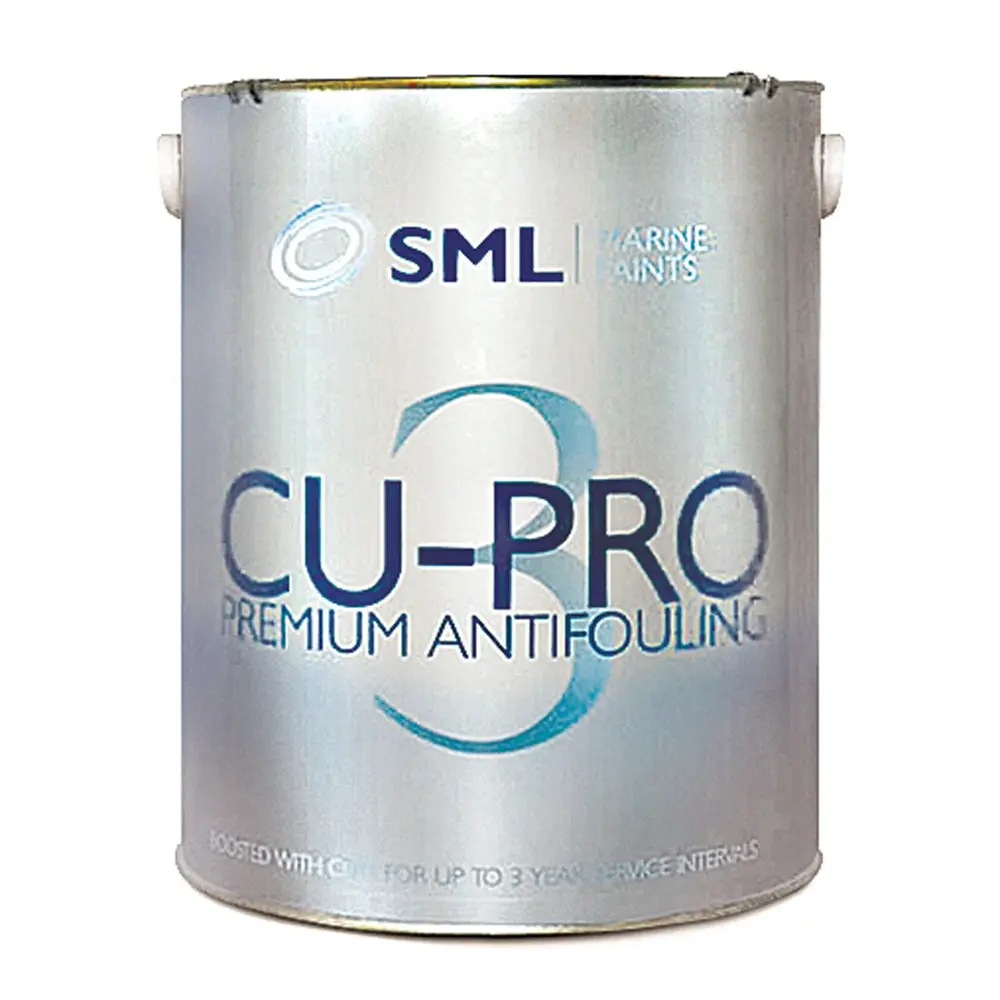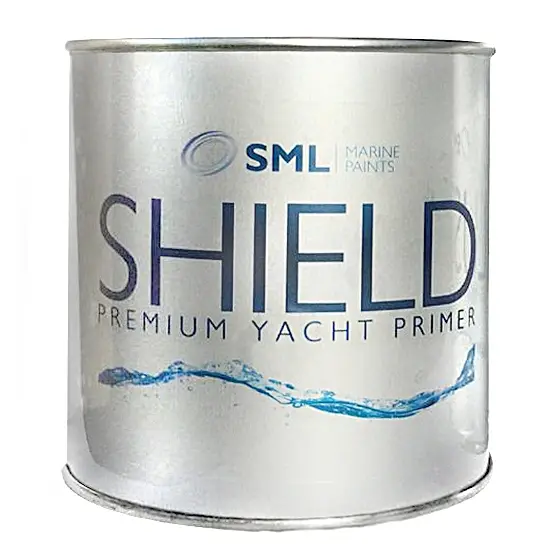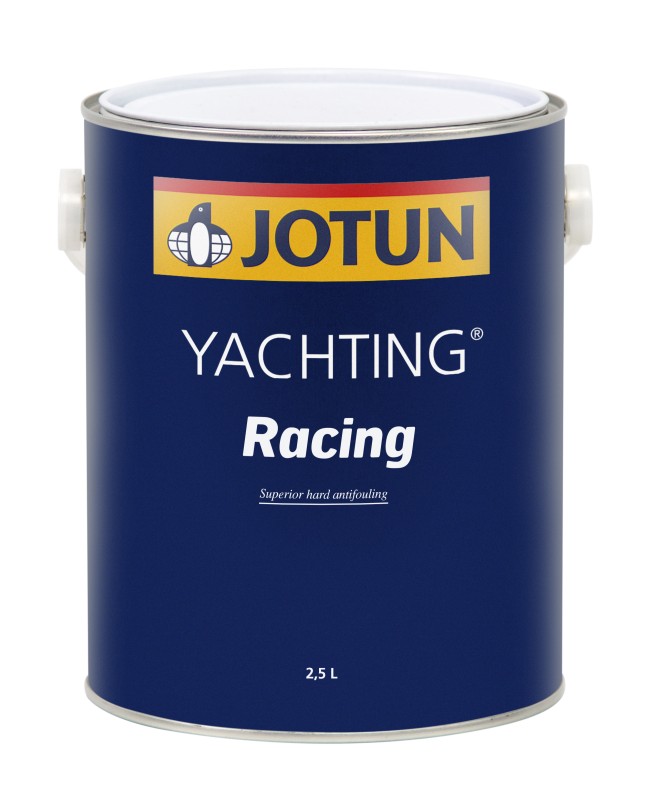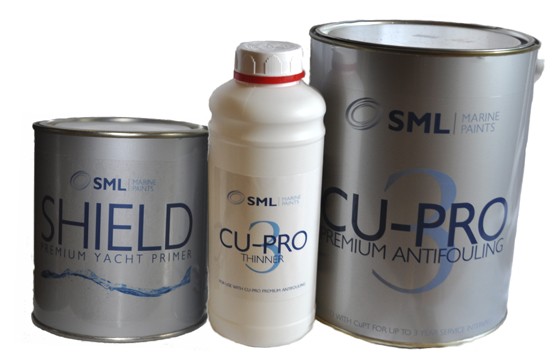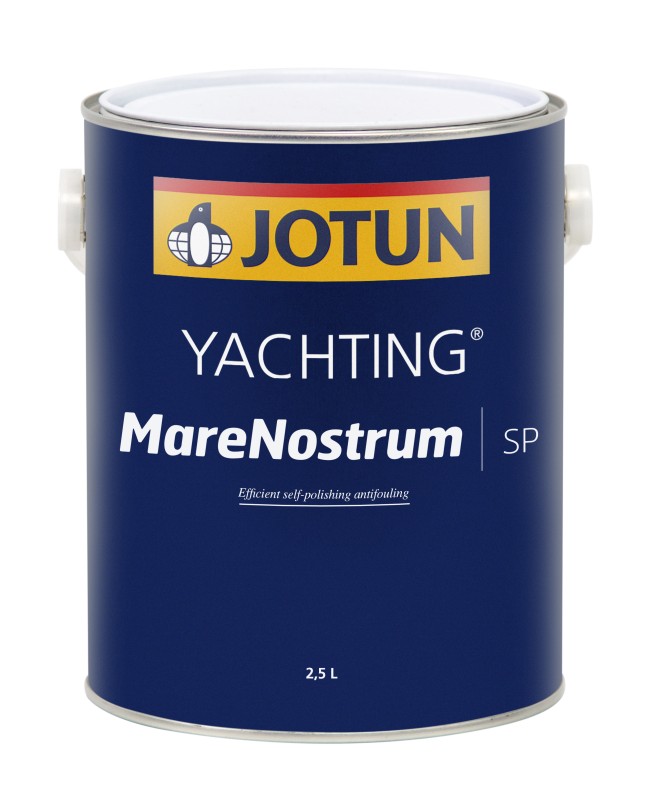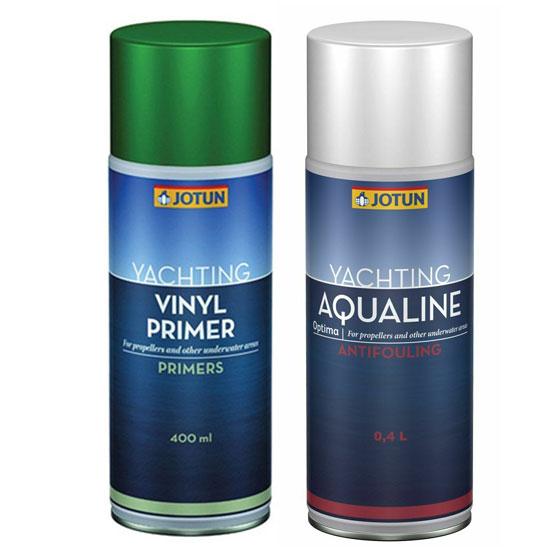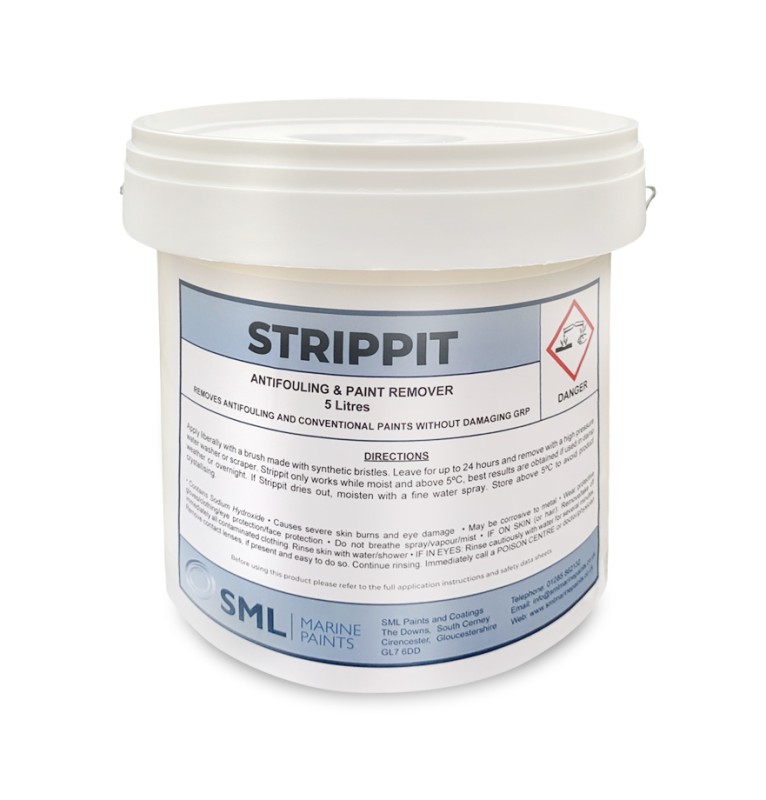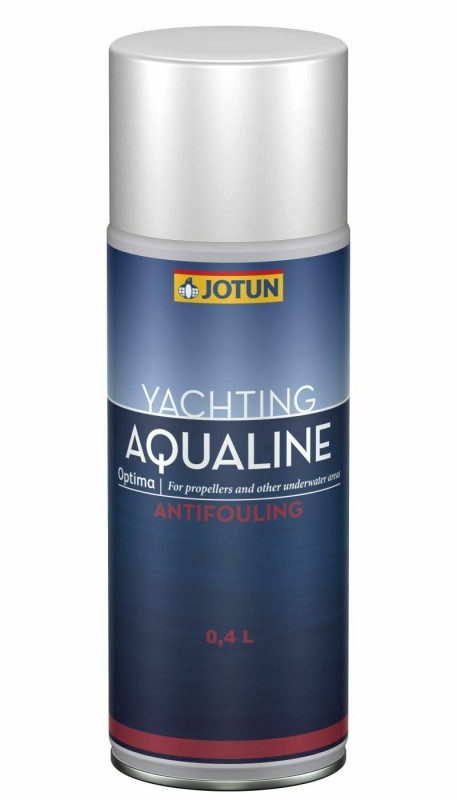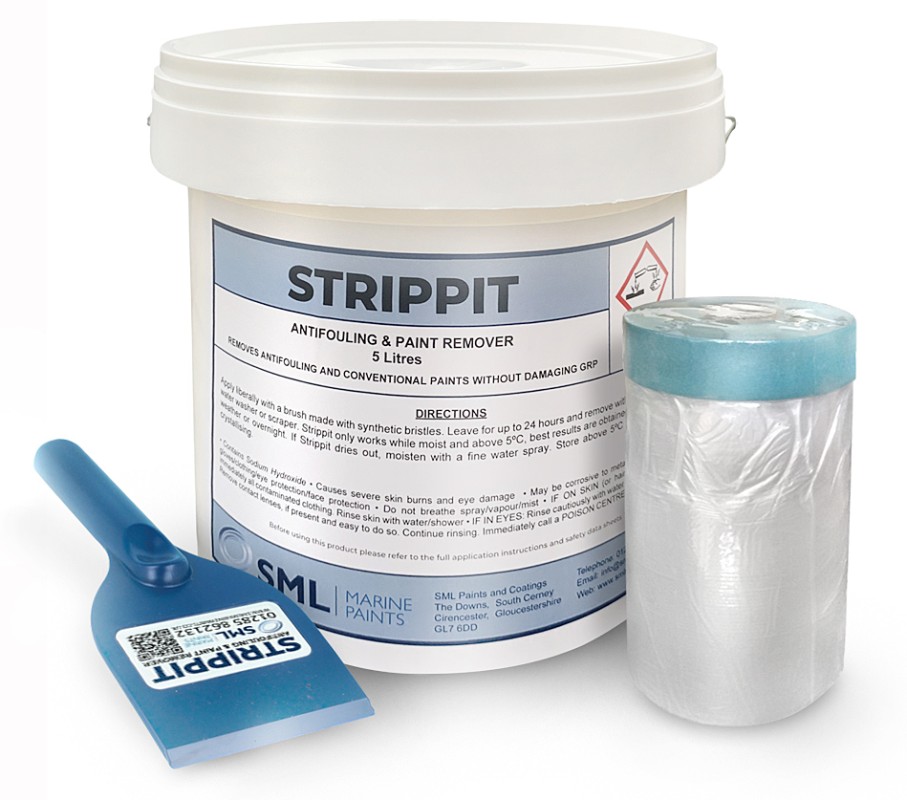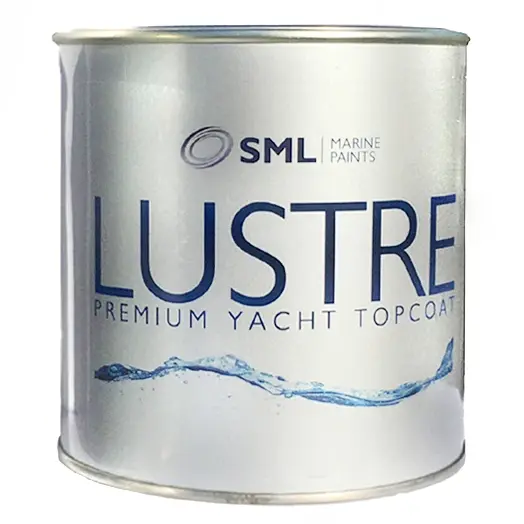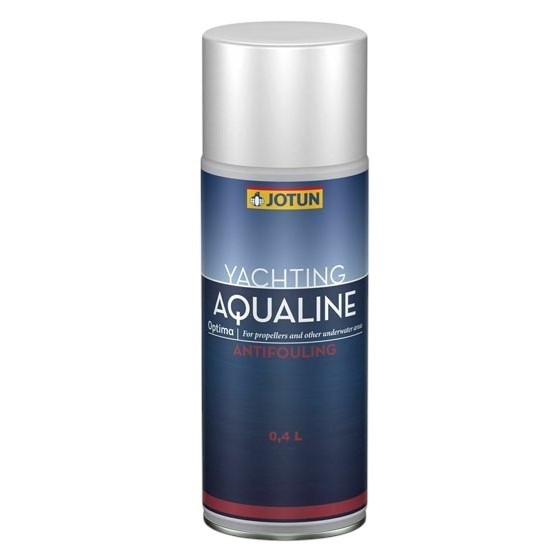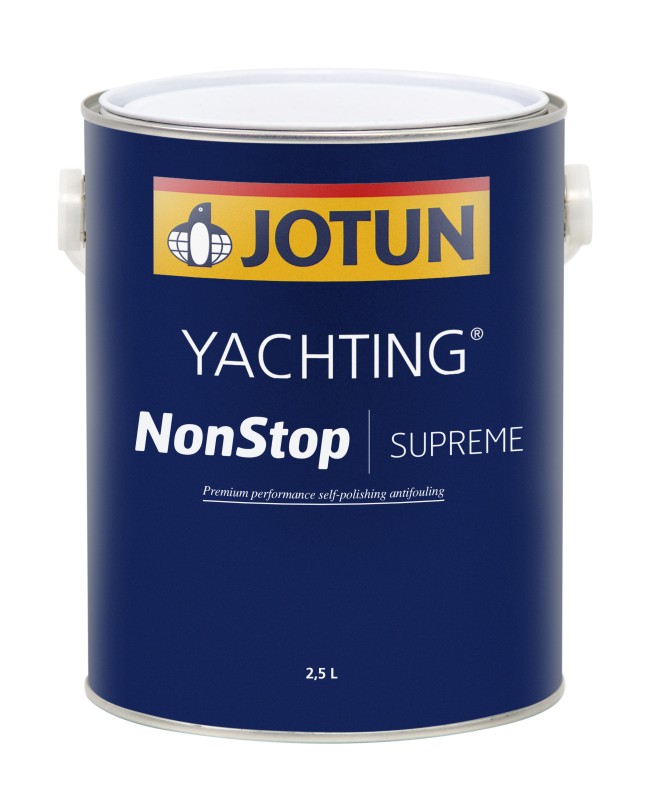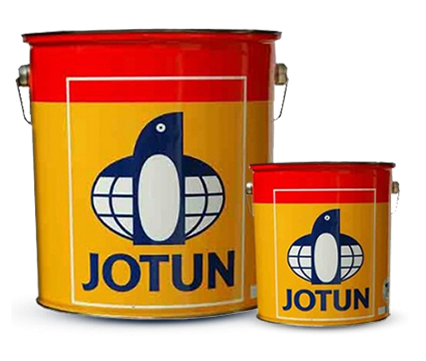Purpose of Antifouling Paints
Antifouling paint is a protective coating applied to boat hulls and other submerged surfaces to prevent marine growth, such as barnacles, weed and molluscs. These organisms can cause increased drag, reducing speed and fuel efficiency while accelerating hull degradation. Antifouling coatings work by either releasing biocides that deter marine life or creating a surface that prevents organisms from adhering. Essential for both recreational and commercial vessels, antifouling paints help maintain performance, reduce maintenance costs, and extend the lifespan of the hull.
Main Types of Antifouling Paint
There are several types of antifouling coatings, designed to suit different environments and vessel types:
- Hard Antifouling
- Forms a tough, durable coating with slow biocide release.
- Ideal for racing yachts
- Does not wear away over time but requires periodic cleaning and annual recoating
- Ablative (Self-Polishing) Antifouling
- Gradually wears away due to the friction of the vessel moving through water. This exposes fresh biocide preventing marine growth.
- Linera polishing reduces the need for excessive sanding during reapplication.
- Silicone and Fouling-Release Coatings
- Non-toxic, biocide-free coatings that create an ultra-smooth surface.
- Prevents organisms from adhering but does not kill them.
- Suitable for environmentally sensitive areas and performance-focused applications.
- Not suitable for static vessels
Key Considerations When Selecting Antifouling Paint
Selecting the right antifouling paint depends on several factors:
- Operating Environment – Different water types (fresh, salt, or brackish) and temperature influence marine growth and biocide effectiveness.
- Vessel Speed and Usage – Fast-moving boats benefit from hard antifouling, while slow-moving or stationary vessels perform better with ablative coatings.
- Maintenance Schedule – Self-polishing or ablative coatings reduce buildup, making future reapplication easier.
- Biocide Regulations – Many regions regulate copper-based or biocide-heavy antifouling products. Check for compliance.
- Compatibility with Existing Coatings – Ensure new antifouling paint is compatible with previously applied coatings to avoid adhesion issues.
- Application Method – Some antifouling coatings require spraying, while others are suitable for brush or roller application.
Key Steps in Applying Antifouling Paint
Please refer to product application guides for detailed information on specific products.
Step 1 - Surface Preparation
- Remove old, loose antifouling paint through sanding or blasting. An antifouling remover such as Strippit can also be used.
- Clean thoroughly to remove grease, dirt, and salt deposits.
- If antifouling for the first time or you have removed all previous coating, you may want to apply an epoxy primer such as Shield High Build Epoxy Primer or Jotun Penguard HB, to protect a GRP or aluminium hull, or Shield ST Epoxy Primer or Jotun Jotamastic 90 for steel or ferro cement hulls, prior to applying an antifouling primer or tie coat.
- You will need to apply an antifouling primer (tie-coat, see below)to seal over an unknown antifouling (free from fouling and loose paint) if it is not being removed.
- A tie-coat such as Shield Underwater Primer or Jotun Vinyguard Silvergrey will allow good adhesion of antifouling paints to bare GRP or epoxy primers.
Step 2 - Mixing and Thinning
- Stir thoroughly to ensure even distribution of biocides. This is particulary important if the antifouling contains a high proportion of copper oxide which settles in the can during storage.
- Use only manufacturer-recommended thinners, if required.
Step 3 - Application
- Apply evenly using a brush, roller, or spray gun.
- Typically appy one coat for each season of required use. Apply an extra coat at the leading and trailing edges and at the water line.
- When multiple coats are applied, allow drying time between applications.
Step 4 - Drying and Curing
- Ensure the paint dries fully before launching the vessel.
- Avoid contaminating the surface during the drying process.
Step 5 - Inspection and Maintenance
- Check for any missed spots or uneven areas.
- Reapply as needed based on manufacturer recommendations.
- Periodically clean the hull to maintain performance.
Antifouling Paints Frequently Asked Questions (FAQ's)
The FAQ's below are for general guidance only. For specific questions, please refer to the application guides on our product pages or give us call and we will answer any questions that you have.
Q. How long does antifouling paint last?
A. Most antifouling paints last 1-3 years, depending on water conditions, vessel usage, and the type of coating applied. Generally speaking, apply one for each year of protection required, plus a coat at the waterline, leading and trailing edges.
Q. Can I apply antifouling paint over an old coat?
A. Yes, but proper surface preparation, such as sanding and cleaning, is crucial for adhesion. A tie-coat may be needed for compatibility or where existing antifouling has been removed..
Q. Is antifouling paint toxic?
A. Traditional antifouling paints contain biocides that deter marine growth. Eco-friendly, non-toxic options are now available.
Q. Can antifouling paint improve fuel efficiency?
A. Yes, reducing marine growth lowers drag, leading to improved speed and reduced fuel consumption.
Q. How soon can I launch my boat after applying antifouling paint?
A. Most products require at least 12-24 hours of drying before launching but check manufacturer recommendations.
Q. Do all boats need antifouling paint?
A. Boats that remain in the water for extended periods benefit most. Trailered vessels may not require antifouling.
Q. Can I switch between different types of antifouling paint?
A. Yes, but compatibility is key. Some coatings require a primer or tie-coat when switching between different antifouling types.
Q. How do I remove old antifouling paint?
A. Sanding, chemical stripping, or blasting can remove old coatings. Always follow safety guidelines and environmental regulations.
Q. What happens if I don’t use antifouling paint?
A. Without antifouling protection, marine growth can accumulate, reducing speed, increasing fuel costs, and causing hull damage.
Q. How often should I reapply antifouling paint?
A. Reapplication depends on the paint type, water conditions, and usage, but most require renewal every 12-36 months.
Q. Can I apply antifouling paint myself?
A. Yes, many antifouling paints are user-friendly, but professional application may be needed for certain products.
Q. Does temperature or humidity affect application?
A. Yes, applying antifouling paint in extreme heat, cold, or high humidity can impact drying and adhesion. Follow manufacturer guidelines.
Q. Can I use antifouling paint on a propeller or outdrive?
A. Specialized antifouling coatings exist for these areas, as standard antifouling paints may not adhere well.
Q. How do I maintain my hull between antifouling applications?
A. If your antifouling is a hard type (see above) then regular cleaning will be required. If it’s a self-polishing type, then regular cleaning is likely to remove the coating completely, in which case it won’t work at all! It is best to use a good quality antifouling and apply sufficient coats in the first place to give good protection.
Q. Are there restrictions on antifouling paints in certain regions?
A. Yes, some areas regulate the use of biocidal antifouling paints due to environmental concerns. Always check local regulations before purchasing.


 Loading Products...
Loading Products...
